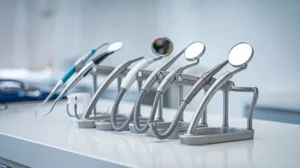
How to Choose the Best Dental Mouth Mirror for Oral Care
Picking the right dental mouth mirror might seem like a small task, but it’s actually pretty important for keeping your teeth and gums healthy. With so many options out there,
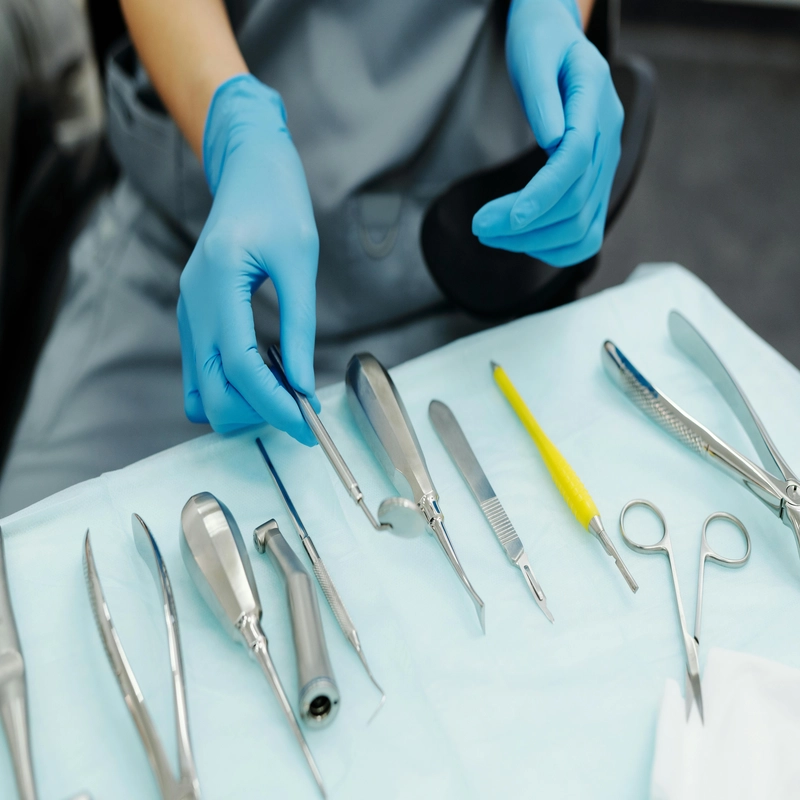
For dental professionals, the significance of having the right instruments for oral surgery cannot be overstated. Precision, effectiveness, and sterility in surgical tools are paramount, whether you’re undertaking a simple tooth extraction, a complex dental implant, or any other type of oral surgery. The quality and suitability of your instruments are pivotal to the success and safety of these procedures.
This article will explore the essential oral surgery instruments necessary for every dental clinic. We’ll discuss everything from cutting and dissecting tools to clamping, occluding, retracting, and exposing instruments, as well as specialized equipment for particular procedures. Our goal is to equip you with the knowledge to perform your duties with utmost confidence and precision.
Whether you’re establishing a new dental surgery practice or aiming to enhance your current collection of dental instruments, this guide is designed to assist you in making well-informed choices. We will examine the key features, clinical applications, and advantages of each instrument, offering a comprehensive overview to inform your purchasing decisions.
Emphasizing high-quality, stainless steel instruments, and taking into account factors such as free shipping, competitive pricing, and the best deals available, this article seeks to be your premier resource for all oral surgery instrument needs.
Scalpels and their blades are fundamental in any oral surgery setup. These instruments are essential for making precise incisions, necessary for accessing the surgical site. Scalpel handles, such as the Drop Blade Scalpel Handle, are designed with self-ejecting blade mechanisms for ease of use and safety.
The blades themselves come in various types, each suited for different tissue interactions. For instance, some scalpels are specifically designed for cutting through soft tissues without causing unnecessary trauma, while others are more suited for incisions in harder tissues like bone.
Scissors are versatile instruments in oral surgery, used for a wide range of tasks including dissection, cutting of tissues, and sutures.
Different types of scissors serve different purposes; for example, curved McIndoe scissors are ideal for tissue dissection due to their curved blades, which allow for precise cutting in confined spaces. Mayo scissors, available in both curved and straight blade configurations, are commonly used for cutting tissues and sutures. The choice of scissors depends on the specific surgical procedure and the type of tissue being manipulated.
Electrocautery tools are essential for controlling bleeding and cutting through tissues during oral surgery.
These tools use electrical current to heat up a metal probe, which can then be used to cut or coagulate tissues. Electrocautery is particularly useful in procedures where bleeding control is critical, as it can minimize blood loss and reduce the risk of complications. It is important to use these tools with caution, ensuring they are cooled with sterile saline to prevent surgical emphysema and other adverse effects.
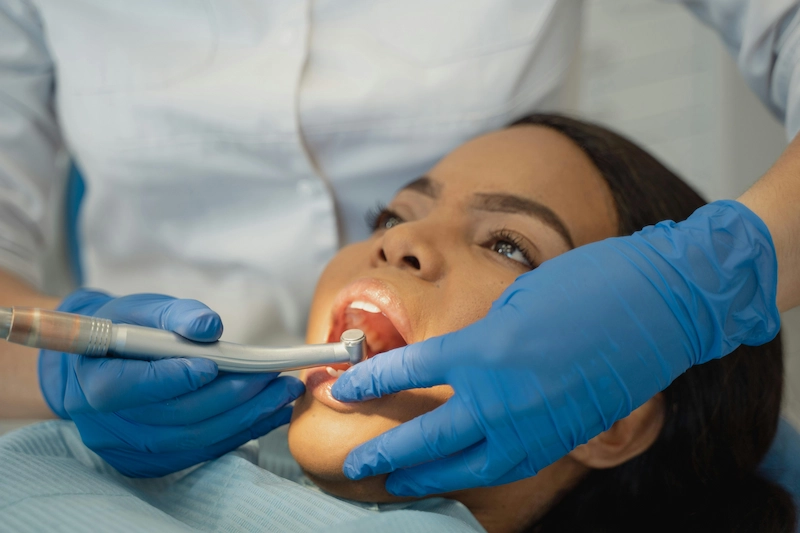
Hemostats are a key category of clamping and occluding instruments in oral surgery, designed to control bleeding by clamping blood vessels or tissues. These instruments are often used to achieve hemostasis, which is essential for maintaining a clear surgical field and preventing complications.
Hemostats such as Kelly clamps and Crile clamps are commonly employed. Kelly clamps have transverse serrations on the jaws, providing a secure grip on blood vessels, while Crile clamps have a ratcheted handle and longitudinal serrations, making them ideal for clamping larger vessels.
The use of hemostats involves techniques such as occlusion, where the clamp is applied to temporarily block the flow of blood through a vessel. This technique is vital in controlling bleeding and isolating specific areas during surgery.
For instance, the Pringle maneuver, which involves clamping the hepatoduodenal ligament, is a specialized technique that helps reduce blood loss and improve visualization of the surgical field.
Needle holders are another essential type of clamping instrument in oral surgery, particularly useful during suturing and wound closure. These instruments are designed to securely hold suturing needles, allowing for precise control and manipulation.
Needle holders like the Castroviejo needle holder feature a ratcheted lock mechanism, ensuring that the needle is held firmly in place, reducing the risk of needle slippage and facilitating smooth suturing. The ergonomic design of these instruments, often with ring handles, provides comfortable grip and superior control, minimizing user fatigue during prolonged surgical procedures.
In oral surgery, needle holders are indispensable for tasks such as closing incisions, repairing tissues, and securing grafts.
The precision and stability offered by these instruments are critical for achieving optimal wound closure and promoting healing. When selecting needle holders, it is important to consider factors such as the material (often high-quality stainless steel), the type of ratchet mechanism, and the ergonomic design to ensure optimal performance and comfort during use.
Soft tissue retractors play a significant role in oral surgery, primarily by holding back soft tissues such as cheeks, lips, and the tongue. This action significantly enhances visibility and access to the surgical site. A popular choice among these instruments is the Columbia Cheek Retractor, designed to efficiently hold mucoperiosteal flaps, cheeks, lips, and the tongue away from the surgical area. This retractor is available in various shapes and sizes to accommodate different clinical needs.
Another versatile instrument is the Desmarres Retractor, known for its concave end that adeptly retracts cheeks and lips during oral procedures. Its slender design is particularly beneficial for delicate tissue manipulation, ensuring minimal trauma to the surrounding tissues.
Self-retaining retractors are also indispensable in oral surgery for their ability to maintain position without continuous manual adjustment. The Orringer Retractor, a self-retaining model with a metallic frame, excels in holding back cheeks, lips, and the tongue, thus providing unobstructed access to the surgical site. Similarly, the Plastic Retractor, crafted from flexible plastic, is favored in orthodontic procedures to expose the full dentition, noted for its ease of use and minimal tissue trauma.
Other notable soft tissue retractors include the Austin Retractor, featuring a right-angled design with a semilunar indentation, and the Latrobe Retractor, used to retract the soft palate and hold the uvula in place during procedures such as tonsillectomy and adenoidectomy.
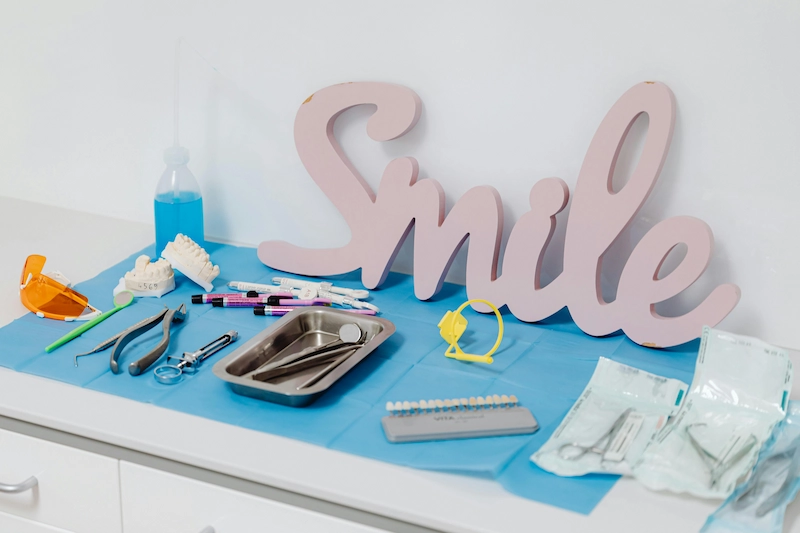
While soft tissue retractors are designed for manipulating soft tissues, hard tissue retractors are essential for procedures involving bone and other hard tissues. In oral surgery, periosteal elevators like Howarth’s periosteal elevator and Ward’s periosteal elevator are instrumental in retracting and reflecting mucoperiosteal flaps, ensuring minimal trauma to the underlying bone and facilitating procedures such as cyst enucleation and bone preservation for implant placement.
Bone retractors play a pivotal role in oral surgical procedures that involve the extraction of teeth or the preparation of sites for dental implants. These instruments are essential for exposing the bone and surrounding tissues, enabling precise surgical maneuvers. For example, during the extraction of impacted teeth, bone retractors can be utilized to retract the buccal mucoperiosteal flap, enhancing access and visibility to the surgical site.
Additionally, elevators such as Cryer elevators, Warwick James elevators, and Coupland elevators are used to create space and elevate teeth or bone fragments. These instruments apply rotational forces and wedge effects to facilitate the removal of teeth or the manipulation of bone tissue without causing excessive trauma.
In conclusion, the success of oral surgery heavily relies on the availability and quality of the right instruments. From cutting and dissecting tools like scalpels and electrocautery, to clamping and occluding instruments such as hemostats and needle holders, and finally to retracting and exposing instruments like periosteal elevators and soft tissue retractors, each plays a critical role in ensuring precise and safe procedures.
Remember, investing in high-quality, stainless steel instruments from reputable brands can significantly reduce postoperative complications and enhance patient outcomes. Always prioritize sterility, ergonomic design, and the specific needs of each procedure to ensure optimal results. By equipping your clinic with these essential instruments, you can provide the best possible care for your patients and maintain a high standard of dental practice.
Common tools include scalpels, elevators, forceps, retractors, suction devices, sutures, and bone files, each designed for precision and safety during surgery.
Dental surgery covers general procedures like fillings and extractions. Oral surgery specializes in complex cases like jaw corrections and implants.
Routine procedures include wisdom tooth removal, implants, gum surgery, and simple extractions with quick recovery times.
Wear loose clothing, a short-sleeved top, avoid jewelry and makeup, and choose flat, secure shoes for comfort and practicality.
Sleep on your back with your head elevated using pillows to reduce swelling and bleeding for better recovery.

Picking the right dental mouth mirror might seem like a small task, but it’s actually pretty important for keeping your teeth and gums healthy. With so many options out there,
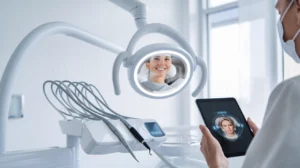
Dental mirrors have come a long way. From simple reflective tools to sophisticated gadgets, they play a key role in modern dentistry. With constant innovation in dental mirrors, these aren’t
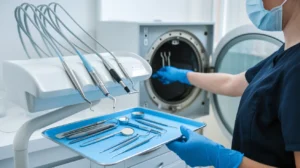
Hey there, dental pros! Today, we’re diving into something super important but often overlooked—how to properly mouth mirror sterilization. If you’re in the dental field, you know these little tools
At The Surgical Kit, we are committed to providing healthcare professionals with the finest tools to ensure precision and safety in every procedure.